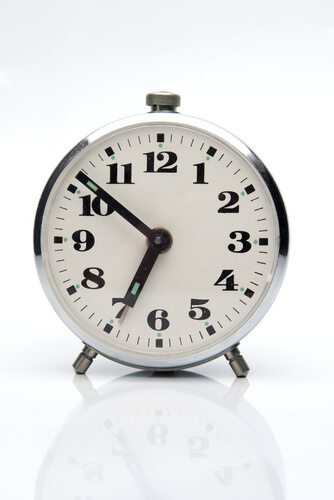This month, the American Trucking Association and the Minnesota Trucking association partnered to petition the FMCSA to conduct a pilot program to “study the safety benefits and impacts of increased flexibility in the use of sleeper berth breaks by professional truck drivers.”
“The trucking industry wants FMCSA to take its positive, laboratory-based findings on the value of split sleep and try to repeat them in a real world field study” said ATA President and CEO Bill Graves. “Doing a pilot test using professional drivers in actual trucking operations could give the Federal Motor Carrier Safety Administration even more scientific data on which to base future improvements to the sleeper berth rules.”
The ATA argues that the new requirement for drivers to take 10 consecutive hours off after 14 on is counter productive, as research shows that shorter, more frequent rest periods are more beneficial.
“In the case of many truck drivers, particularly those working in teams, allowing them to break up their 10-hour off-duty period into two shorter periods would be beneficial,” said John Hausladen, president of the Minnesota Trucking Association.
To review the ATA-MTA request, click here.
The ATA and Minnesota Trucking Association says that the pilot program will help “translate scientific findings from the labratory to real wold trucking operations by providing data and information on the relationship between sleeper berth flexibility for off-duty rest and safety outcomes.”
The goal of the pilot program is to “expand our collective knowledge of fatigue management and driver alertness, with the goal to improve driver alertness and highway safety.”
There are five goals of ATA’s and MTA’s proposed pilot program:
1. Translate scientific findings regarding the benefits of off-duty time flexibility from
controlled laboratory settings to the field in order to examine whether these
findings can be replicated in a realistic setting.
2. Protect the health and safety of the motoring public and of participants through a
strict screening procedure and monitoring of program participants and other
company personnel.
3. Provide statistically reliable and valid evidence of the relationship between the
degree of sleeper berth flexibility and safety outcomes.
4. Investigate the role of recent advances in on-board truck technology in managing
and monitoring commercial motor vehicle driver alertness, driving behaviors, and
compliance with safety rules and regulations.
5. Improve the overall knowledge base regarding fatigue management and
alertness of CMV drivers.
The ATA says that drivers who elect to participate in the pilot program would be required to be screened for medical conditions that might place that at an additional risk of fatigue. Drivers with sleep disorders will not be allowed to participate in the pilot program.
Drivers who would be accepted to participate would receive special training on fatigue, alertness and sleep. In addition they would be monitored on a regular basis.
Monitoring could happen many ways and at many levels. The drivers would monitor themselves as would company personnel to ensure drivers are fulfilling their responsibilities and maintaining safety standards of the program.
“Experience teaches us that humans have different sleep habits and regulatory limitations do not always address them adequately. For example, when provided with sample driver logs for various driving scenarios, Circadian/Sleep experts on 100% of occasions and truck drivers on 73% of occasions selected the Non-Compliant option as most likely to enable better sleep, alertness and safety (Moore-Ede, 2007),” the proposal states.
The ATA says that fleet management technology can be used to monitor driving habits that might indicate fatigue, such as shifting patterns, speed variability, curve events and lane departures.
Psychomotor Vigilance Task (PVT) can be used to measure reaction time to stimuli. Drivers would be required to perform PVT when going on and coming off duty.
In addition, the Karolinska Sleepiness Scale (KSS) is a 9-point fatigue scale that has been proven effective at estimating sleepiness. KSS data can be collected daily via fleet management systems or smart phone application.
Lastly, driver would be required to use electronic logs.
